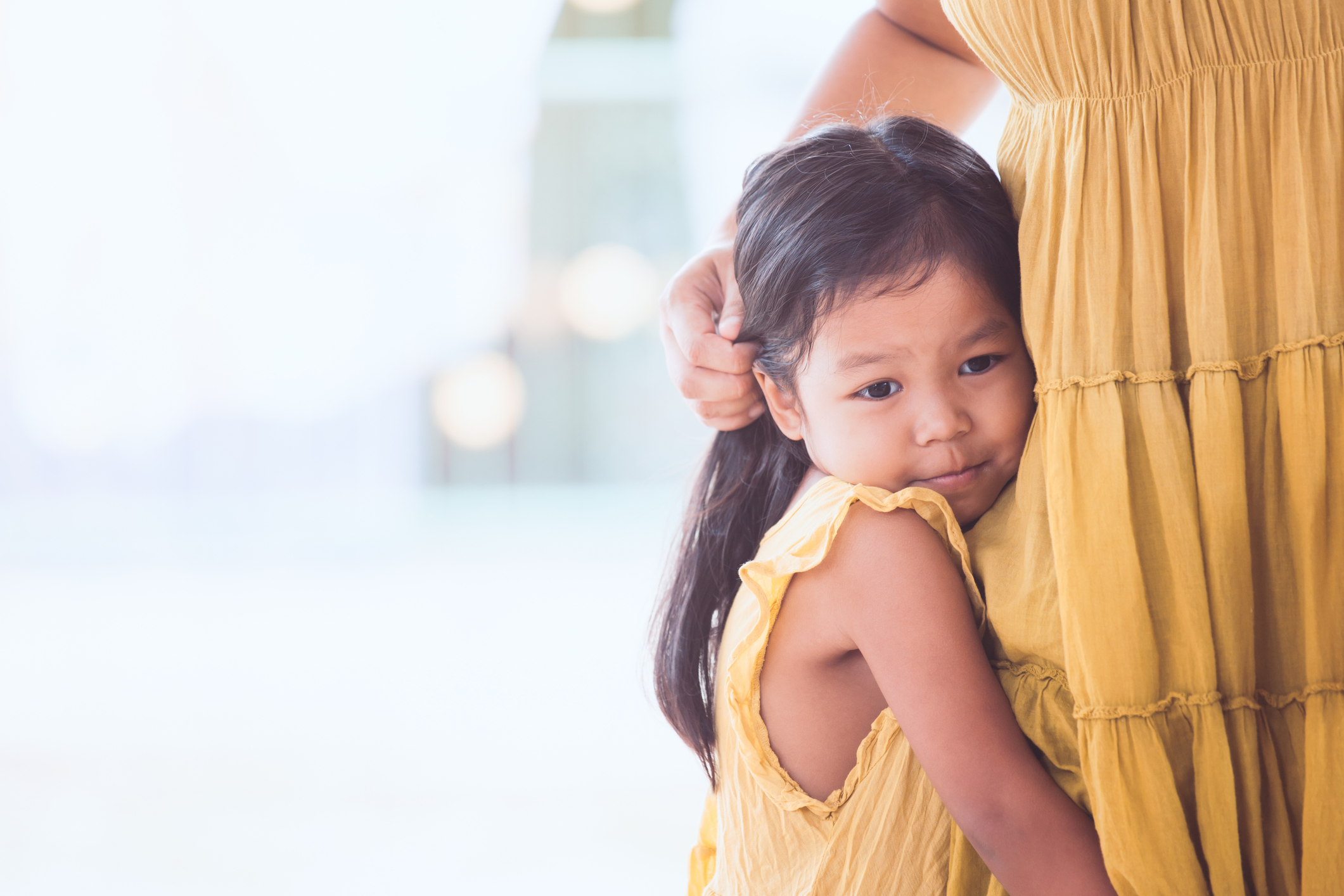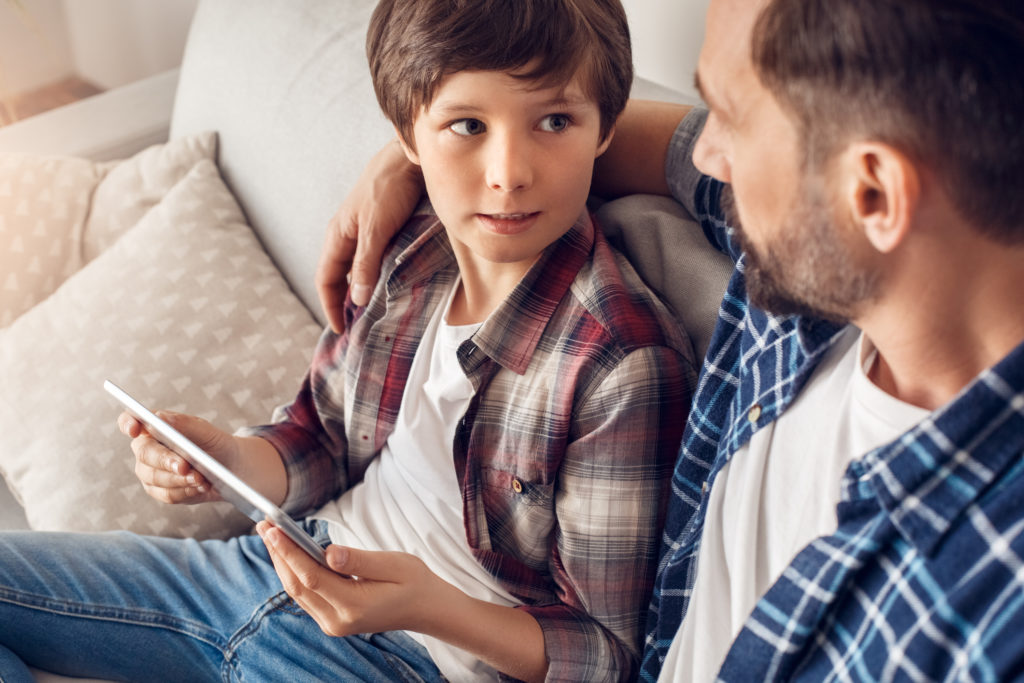Leading Children Through Fearful and Uncertain Situations
How to Speak to Kids about Current Events
During the coronavirus pandemic, many children went back to school only to be sent home for virtual learning days later, uncertain when they would get to return in-person. Today, they may be watching the news and trying to make sense of the current situation in the Middle East. Across the globe, devastating hurricanes, earthquakes, tornadoes, floods, and other natural disasters continue to occur on a regular basis, and unlike in the past, children and adults of today have unlimited access to visuals of these anxiety-inducing events.
How can we help children navigate their very real fears and concerns about these situations? What about fears that are merely products of their imagination?
Below are five steps to help children feel calm and secure in times of fear and uncertainty.
1. Be on Guard
Whether we like it or not, children are exposed to the real darkness of the world on a daily basis, and it can be difficult for them to distinguish real from pretend. As a result, children are highly susceptible to fear and worry.
While we cannot protect our children from every scary thing, it is important that we proactively guard the hearts and minds of the children in our care. This means we pay close attention to exposure of scary or developmentally inappropriate content. Choose tv shows and movies wisely and pay attention to what’s shown on the screen, whether in the news or in commercials. And when scary, uncomfortable themes are introduced, talk about them.
Helping children understand the difference between reality and fantasy is a very important part of childhood. Providing a safe place for children to ask questions about real world fears is also incredibly important.
2. Be Honest
If we are honest, we won’t always have the right answers for the questions children ask, such as questions that stem from fears about God, death, illness, and evil. Questions about terrorism, racial and religious tension, and global politics — those are hard to answer. So are questions stemming from fear of the unknown; these questions can be incredibly difficult to navigate. The answers we want to give are simply not within our control to assure.
In those moments, we tell the truth — we say things like, “Maybe” and “I don’t know.” We avoid empty promises and placating responses. We share with them as much information as they are developmentally able to handle, and we offer ourselves. We offer them our presence.

3. Be Present
A child’s reaction to fear may seem completely irrational to you; however, they are quite real for your child, and you must respond in ways that validate their feelings. You do not have to understand why, you simply must understand that they feel vulnerable and afraid. Understanding this, rather than judging the behavior influences the way you respond.
Help the child feel safe and regain calm by validating both the experience and your presence. Avoid trying to make sense of the fear in the moment. Simply seek to understand the child’s experience. Children who are in a fear state are not in a rational thinking state! They cannot be talked out of fear.
Fear can only be worked through if a child receives a lot of adult support and reassurance: Validate, Listen, and Empathize.
4. Be Brave
It may feel easy to be brave when the imaginary monster is under the bed or hiding out in the closet, but what if fear stems from something very real — a storm, a bombing, a significant life change?
Stay calm. Whatever the fear — fantasy or real — it is important for adults to stay calm. Avoid the tendency to act annoyed over seemingly ridiculous, irrational fears. It is also crucial that adults work through the tendency to freeze up in the face of our own real-life fears.
When adults stay calm and reassuring—even after being told a child’s very real fears— children come to learn that the adults in their lives can be trusted with their fears, and ultimately, with their lives. The thing that feels so very big to a child is not too big for the adult with them, and that imparts security. (Adults – when a fear feels too big for us, remember that it is never too big for God.) Staying calm flips the script on fear and helps children settle.
As Dr. Bruce Perry states, “A child’s gauging of scary events is not the event itself but rather the adult’s response to it. When adults remain calm, children feel safer.”
5. Be Consistent
Children can be safe and not feel safe — particularly children impacted by trauma. Children will look to their internal feelings, the environment, and others to determine safety or threat.
Children feel safe in environments and relationships where stability is prioritized. Be sure that children know and understand expectations! Be consistent in your responses; be the same person in moments of calm and chaos.
Consider developing a familiar schedule, prioritizing routines, and establishing rituals. When schedules or routines shift, prepare children for the unexpected by offering plenty of support and encouragement that you are right there with them in the midst of transition and the fear it may bring.
Remember, all children experience fear when faced with new circumstances they cannot understand or experiences they cannot fully comprehend. Fear preys on the imagination of a child. A vivid imagination is a gift from God, yet when influenced by fear, our minds can trick our eyes and ears into seeing and hearing scary things.
Fear will always provide an opportunity to strengthen and deepen your connection with the children God has entrusted to you and, as a result, they will develop the courage and confidence they need to face fear in healthy, productive ways.




